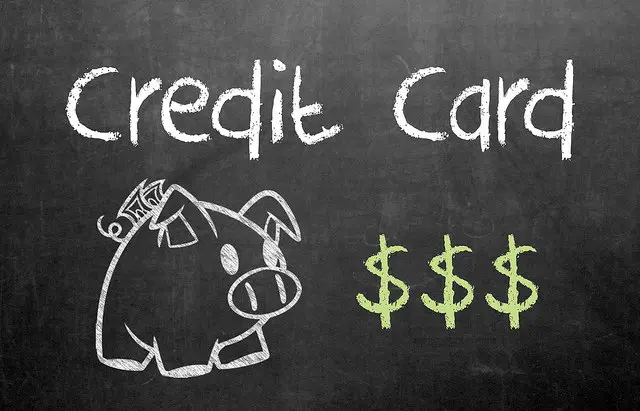 Your credit score is a financial report card that tells lenders how risky it is to do business with you. Scores range from 300 to 850.The higher your score, the more likely you are to pay back a loan – and that means that lenders will be more willing to offer you bigger loans and lower interest rates.
Your credit score is a financial report card that tells lenders how risky it is to do business with you. Scores range from 300 to 850.The higher your score, the more likely you are to pay back a loan – and that means that lenders will be more willing to offer you bigger loans and lower interest rates.
Typically, your credit score is based on the following criteria:
Payment history
This includes how often you make your payments on time, the number of late payments, and how late they were. It also takes into account liens, judgments, collections, and foreclosures.
Available credit
This portion of the calculation considers how much you owe, as well as the overall ratio of your total credit limit versus your outstanding balance. While it’s good to have a small balance with a lot of available credit, it’s not so good if you you’ve used all of that credit. This makes you a higher risk because if you get into financial distress you’ll lack a credit cushion that could bail you out of trouble.
Overall credit history
In particular, how long you’ve been using credit and how long to you keep credit accounts in general.
New credit
Applying for too much credit at one time is interpreted negatively because it can mean that you’re in financial trouble.
Forms of credit
The more varied the forms of credit you have and use responsibly, the more favorable for your credit score.
Photo Credit: GotCredit

Great article. This was very helpful!
I’d love to know how to get that 850 score! Been trying in vain for it my entire adult life, and haven’t achieved it yet, nor do I know ANYONE who has!
My father-in-law had one for a while. The Honeybee was boasting that hers went up to 840 this month – she takes pride in having a higher score than me, but my credit is frozen, so I am a bit handicapped by that. Still, I keep reminding her that there are no bonus points for a perfect score (or even a score in the 800s). Someone with a score of 740 is considered to have excellent credit and gets the exact same interest rate discount that someone with a perfect score has!